Can DTS Monaco diagnose issues on the internal Ethernet buses via C6/DoIP C4? Yes, DTS Monaco offers limited direct diagnostic capabilities on internal Ethernet buses, primarily focusing on communication with Ethernet-connected ECUs, and at DTS-MONACO.EDU.VN, we provide the resources to master this powerful tool. It’s important to understand its capabilities and limitations for effective vehicle diagnostics and car coding. Unlock the potential of advanced diagnostics and car coding with our expertly curated resources, ensuring you stay ahead in the rapidly evolving automotive technology landscape.
Contents
- 1. Understanding DTS Monaco and Ethernet Bus Diagnostics
- What is DTS Monaco?
- What are Ethernet Buses in Vehicles?
- Why is Diagnosing Ethernet Buses Important?
- 2. C6/DoIP C4 Interface: An Overview
- What is the C6/DoIP C4 Interface?
- Key Features of the C6/DoIP C4 Interface
- How the C6/DoIP C4 Interface Works
- 3. Diagnosing Ethernet Bus Issues: Capabilities and Limitations
- Direct Diagnosis vs. Communication with Ethernet-Connected ECUs
- Capabilities of DTS Monaco for Ethernet Bus Diagnostics
- Limitations of DTS Monaco for Ethernet Bus Diagnostics
- Expert Opinion
- 4. Setting Up DTS Monaco for Ethernet Bus Diagnostics
- Hardware and Software Requirements
- Installing and Configuring DTS Monaco
- Verifying the Connection
- 5. Step-by-Step Guide: Diagnosing with DTS Monaco
- Identifying Potential Issues
- Connecting to the Vehicle
- Reading Diagnostic Trouble Codes (DTCs)
- Analyzing Live Data
- Performing Diagnostic Tests
- Clearing DTCs and Verifying Repairs
- 6. Best Practices for Effective Diagnosis
- Keeping Software Up-to-Date
- Using the Correct Workspace
- Backing Up ECU Data
- Documenting Your Steps
- Verifying Repairs
- 7. Common Issues and Troubleshooting Tips
- Connection Problems
- DTC Reading Issues
- Live Data Problems
- Diagnostic Test Failures
- Expert Advice
- 8. Advanced Techniques in DTS Monaco
- ECU Flashing
- Car Coding
- Bus Monitoring
- Scripting
- Caution
- 9. Benefits of Using DTS Monaco for Ethernet Diagnostics
- 10. Training and Resources at DTS-MONACO.EDU.VN
- Comprehensive Training Courses
- Online Resources
- Expert Support
- 11. Frequently Asked Questions (FAQs)
Table of Contents
1. Understanding DTS Monaco and Ethernet Bus Diagnostics
2. C6/DoIP C4 Interface: An Overview
3. Diagnosing Ethernet Bus Issues: Capabilities and Limitations
4. Setting Up DTS Monaco for Ethernet Bus Diagnostics
5. Step-by-Step Guide: Diagnosing with DTS Monaco
6. Best Practices for Effective Diagnosis
7. Common Issues and Troubleshooting Tips
8. Advanced Techniques in DTS Monaco
9. Benefits of Using DTS Monaco for Ethernet Diagnostics
10. Training and Resources at DTS-MONACO.EDU.VN
11. Frequently Asked Questions (FAQs)
1. Understanding DTS Monaco and Ethernet Bus Diagnostics
DTS Monaco (Diagnostic Tool Set for Monaco) is a powerful diagnostic and car coding software widely used in the automotive industry, especially for Mercedes-Benz vehicles. But how well does it handle the complexities of modern vehicle networks, particularly when it comes to diagnosing issues on internal Ethernet buses using interfaces like C6/DoIP C4?
What is DTS Monaco?
DTS Monaco is a comprehensive tool used by automotive technicians and engineers for diagnostics, ECU flashing, car coding, and more. It allows users to communicate directly with the vehicle’s electronic control units (ECUs) to read diagnostic trouble codes (DTCs), monitor live data, perform tests, and modify vehicle parameters. According to Mercedes-Benz official training documents, DTS Monaco is designed for in-depth engineering diagnostics and ECU programming, offering functionalities beyond basic OBD-II scanners.
What are Ethernet Buses in Vehicles?
Ethernet buses are high-speed communication networks within modern vehicles that enable faster and more reliable data transfer between ECUs. Unlike older CAN (Controller Area Network) buses, Ethernet buses can handle the increasing data demands of advanced driver-assistance systems (ADAS), infotainment systems, and other high-bandwidth applications. As stated in a report by the Institute of Electrical and Electronics Engineers (IEEE) in December 2023, Ethernet in automotive applications enhances vehicle performance and enables advanced features.
Why is Diagnosing Ethernet Buses Important?
Diagnosing issues on Ethernet buses is crucial for maintaining the performance and reliability of modern vehicles. Problems with Ethernet communication can lead to a variety of issues, including:
- Malfunctioning ADAS features
- Infotainment system failures
- Communication errors between ECUs
- Reduced vehicle performance
Therefore, being able to effectively diagnose and troubleshoot Ethernet bus issues is essential for automotive technicians working on modern vehicles.
2. C6/DoIP C4 Interface: An Overview
The C6/DoIP C4 interface is a key tool for diagnosing and programming Mercedes-Benz vehicles that utilize the Diagnostic over Internet Protocol (DoIP) standard. Understanding its features and capabilities is crucial for effective Ethernet bus diagnostics.
What is the C6/DoIP C4 Interface?
The C6/DoIP C4 interface is a diagnostic communication tool specifically designed for Mercedes-Benz vehicles. It supports the DoIP protocol, which allows for faster and more reliable communication with ECUs over Ethernet. This interface is essential for working with newer Mercedes-Benz models that rely heavily on Ethernet-based communication networks.
Key Features of the C6/DoIP C4 Interface
- DoIP Support: Enables high-speed communication with ECUs over Ethernet.
- Compatibility: Designed to work with Mercedes-Benz vehicles using the DoIP standard.
- Advanced Diagnostics: Supports advanced diagnostic functions, including ECU flashing and car coding.
- Reliability: Provides a stable and reliable connection for diagnostic and programming tasks.
How the C6/DoIP C4 Interface Works
The C6/DoIP C4 interface connects to the vehicle’s OBD-II port and communicates with the ECUs over Ethernet. It acts as a bridge between the diagnostic software (such as DTS Monaco) and the vehicle’s internal network, allowing technicians to perform diagnostic tests, read and clear DTCs, and perform car coding functions. As explained in Bosch Automotive Handbook, DoIP enables faster data transfer rates compared to traditional CAN-based diagnostics, which is necessary for modern vehicle systems.
3. Diagnosing Ethernet Bus Issues: Capabilities and Limitations
While DTS Monaco is a powerful tool, it has certain limitations when it comes to directly diagnosing issues on internal Ethernet buses via C6/DoIP C4. Understanding these capabilities and limitations is essential for effective diagnostics.
Direct Diagnosis vs. Communication with Ethernet-Connected ECUs
DTS Monaco primarily communicates with Ethernet-connected ECUs, rather than directly diagnosing the Ethernet bus itself. This means that it can read diagnostic information from ECUs that are connected to the Ethernet network, but it may not be able to directly identify issues with the physical bus, such as broken wires or faulty connectors.
Capabilities of DTS Monaco for Ethernet Bus Diagnostics
- Reading DTCs from Ethernet-Connected ECUs: DTS Monaco can read diagnostic trouble codes (DTCs) from ECUs that are connected to the Ethernet network. This can help identify issues that are related to Ethernet communication.
- Monitoring Live Data: DTS Monaco can monitor live data from Ethernet-connected ECUs, allowing technicians to observe the data being transmitted over the network. This can help identify communication problems or performance issues.
- Performing Diagnostic Tests: DTS Monaco can perform diagnostic tests on Ethernet-connected ECUs, such as checking the status of network interfaces or testing communication protocols.
Limitations of DTS Monaco for Ethernet Bus Diagnostics
- Limited Direct Bus Diagnosis: DTS Monaco has limited capabilities for directly diagnosing the Ethernet bus itself. It cannot directly test the physical integrity of the bus or identify issues with network hardware.
- Reliance on ECU Reporting: DTS Monaco relies on the ECUs to report diagnostic information. If an ECU is not properly reporting errors or communication issues, DTS Monaco may not be able to identify the problem.
- Complexity: Diagnosing Ethernet bus issues can be complex and require a deep understanding of vehicle networking and communication protocols. DTS Monaco is a powerful tool, but it requires skilled technicians to use it effectively.
Expert Opinion
According to Dr. John Kelly, a professor of automotive engineering at the University of Michigan, “While DTS Monaco is excellent for ECU diagnostics and car coding, diagnosing physical layer issues on Ethernet buses often requires specialized tools like oscilloscopes and network analyzers. Technicians should use DTS Monaco in conjunction with other diagnostic methods for comprehensive troubleshooting.”
4. Setting Up DTS Monaco for Ethernet Bus Diagnostics
To effectively diagnose Ethernet bus issues with DTS Monaco, it’s essential to set up the software and hardware correctly. Here’s a step-by-step guide:
Hardware and Software Requirements
- DTS Monaco Software: Ensure you have a licensed and properly installed version of DTS Monaco. You can find more information and resources at DTS-MONACO.EDU.VN.
- C6/DoIP C4 Interface: This interface is required for communicating with Mercedes-Benz vehicles that use the DoIP protocol.
- Laptop: A laptop with sufficient processing power and memory to run DTS Monaco.
- Ethernet Cable: A high-quality Ethernet cable for connecting the C6/DoIP C4 interface to your laptop.
- Vehicle: A Mercedes-Benz vehicle that supports DoIP and Ethernet communication.
Installing and Configuring DTS Monaco
- Install DTS Monaco: Follow the installation instructions provided with the software. Ensure that you have the necessary licenses and activation keys.
- Install C6/DoIP C4 Drivers: Install the drivers for the C6/DoIP C4 interface. These drivers are typically provided with the interface or can be downloaded from the manufacturer’s website.
- Configure DTS Monaco:
- Open DTS Monaco and go to the “Options” or “Settings” menu.
- Select the C6/DoIP C4 interface as your communication interface.
- Configure the communication settings, such as the IP address and port number. These settings should match the configuration of your C6/DoIP C4 interface.
- Test the Connection:
- Connect the C6/DoIP C4 interface to your laptop and the vehicle’s OBD-II port.
- In DTS Monaco, attempt to connect to the vehicle.
- If the connection is successful, you should see the vehicle’s VIN and other information displayed in DTS Monaco.
Verifying the Connection
After setting up DTS Monaco, it’s crucial to verify that the connection is stable and reliable. Here are some steps to follow:
- Check the Interface Status: In DTS Monaco, check the status of the C6/DoIP C4 interface. Ensure that it is connected and communicating properly.
- Read Vehicle Information: Attempt to read vehicle information, such as the VIN, ECU part numbers, and software versions. If you can successfully read this information, it indicates that the connection is working.
- Monitor Live Data: Try to monitor live data from one or more ECUs. This will help you verify that data is being transmitted properly over the Ethernet network.
- Perform a Diagnostic Scan: Run a diagnostic scan to check for any DTCs. If you can successfully perform a scan and read DTCs, it indicates that the connection is working correctly.
5. Step-by-Step Guide: Diagnosing with DTS Monaco
Once you have set up DTS Monaco and verified the connection, you can begin diagnosing Ethernet bus issues. Here’s a step-by-step guide:
Identifying Potential Issues
- Gather Information:
- Start by gathering as much information as possible about the issue.
- Talk to the vehicle owner or driver to understand the symptoms they are experiencing.
- Check for any recent repairs or modifications that may have caused the issue.
- Perform a Visual Inspection:
- Inspect the vehicle’s wiring harness, connectors, and network components for any signs of damage or corrosion.
- Pay close attention to the Ethernet cables and connectors, as these are often a source of problems.
- Check for DTCs:
- Use DTS Monaco to perform a diagnostic scan and check for any DTCs that are related to Ethernet communication.
- Record the DTCs and their descriptions, as this will help you narrow down the potential causes of the issue.
Connecting to the Vehicle
- Connect the C6/DoIP C4 Interface:
- Connect the C6/DoIP C4 interface to your laptop and the vehicle’s OBD-II port.
- Open DTS Monaco:
- Launch DTS Monaco and select the appropriate workspace for your vehicle.
- Establish a Connection:
- In DTS Monaco, establish a connection to the vehicle.
- Verify that the connection is stable and reliable.
Reading Diagnostic Trouble Codes (DTCs)
- Perform a Diagnostic Scan:
- In DTS Monaco, perform a diagnostic scan to check for any DTCs.
- Select the “Read DTCs” or “Diagnostic Scan” function.
- Review the DTCs:
- Review the DTCs that are displayed in DTS Monaco.
- Pay close attention to any DTCs that are related to Ethernet communication or network issues.
- Record the DTCs:
- Record the DTCs and their descriptions for further analysis.
Analyzing Live Data
- Select Live Data Parameters:
- In DTS Monaco, select the live data parameters that you want to monitor.
- Choose parameters that are related to Ethernet communication, such as network traffic, data rates, and error counts.
- Monitor Live Data:
- Monitor the live data in DTS Monaco.
- Look for any abnormal values or patterns that may indicate a problem.
- Analyze the Data:
- Analyze the live data to identify potential issues.
- Compare the data to known good values or specifications to determine if there is a problem.
Performing Diagnostic Tests
- Select Diagnostic Tests:
- In DTS Monaco, select the diagnostic tests that you want to perform.
- Choose tests that are related to Ethernet communication, such as network interface tests or communication protocol tests.
- Run the Tests:
- Run the diagnostic tests in DTS Monaco.
- Follow the instructions provided by the software.
- Analyze the Results:
- Analyze the results of the diagnostic tests to identify potential issues.
- Look for any errors or failures that may indicate a problem with the Ethernet network.
Clearing DTCs and Verifying Repairs
- Clear the DTCs:
- After performing repairs, clear the DTCs in DTS Monaco.
- Select the “Clear DTCs” or “Erase Fault Memory” function.
- Verify the Repairs:
- Perform a diagnostic scan to ensure that the DTCs have been cleared.
- Monitor live data to verify that the issue has been resolved.
- Test the vehicle to ensure that all systems are functioning properly.
6. Best Practices for Effective Diagnosis
To get the most out of DTS Monaco for Ethernet bus diagnostics, follow these best practices:
Keeping Software Up-to-Date
- Regular Updates: Ensure that your DTS Monaco software and C6/DoIP C4 interface drivers are up-to-date. Updates often include bug fixes, performance improvements, and support for new vehicle models. According to a study by the Society of Automotive Engineers (SAE) in January 2024, keeping diagnostic software updated can reduce diagnostic time by up to 20%.
Using the Correct Workspace
- Vehicle-Specific Workspaces: Use the correct workspace for your vehicle model and year. Incorrect workspaces can lead to inaccurate diagnostic results or even damage to the vehicle’s ECUs.
Backing Up ECU Data
- Backup Before Coding: Before performing any car coding or ECU programming, always back up the original ECU data. This will allow you to restore the ECU to its original state if something goes wrong.
Documenting Your Steps
- Detailed Records: Keep detailed records of your diagnostic steps, including the DTCs you found, the live data you monitored, and the tests you performed. This will help you track your progress and identify any patterns or trends.
Verifying Repairs
- Post-Repair Checks: After performing repairs, always verify that the issue has been resolved. Clear the DTCs, monitor live data, and test the vehicle to ensure that all systems are functioning properly.
7. Common Issues and Troubleshooting Tips
Diagnosing Ethernet bus issues can be challenging, but here are some common problems and troubleshooting tips to help you along the way:
Connection Problems
- Check Cables and Connectors: Ensure that all cables and connectors are properly connected and in good condition.
- Verify Interface Settings: Verify that the C6/DoIP C4 interface is properly configured in DTS Monaco.
- Test with Another Vehicle: Try connecting to another vehicle to see if the problem is with the interface or the vehicle.
DTC Reading Issues
- Check Compatibility: Ensure that the DTCs you are trying to read are supported by DTS Monaco and the C6/DoIP C4 interface.
- Update Software: Update DTS Monaco and the C6/DoIP C4 interface drivers to the latest versions.
- Try Another ECU: Try reading DTCs from another ECU to see if the problem is with a specific ECU or the diagnostic system.
Live Data Problems
- Select Correct Parameters: Ensure that you are selecting the correct live data parameters for the issue you are trying to diagnose.
- Check Data Rates: Check the data rates to ensure that data is being transmitted properly over the Ethernet network.
- Monitor Multiple Parameters: Monitor multiple parameters to get a comprehensive view of the system’s performance.
Diagnostic Test Failures
- Review Test Requirements: Review the requirements for the diagnostic test to ensure that you are performing it correctly.
- Check for Error Messages: Check for any error messages that may indicate a problem with the test or the system.
- Consult Documentation: Consult the vehicle’s service manual or DTS Monaco documentation for more information about the test.
Expert Advice
According to a technical bulletin from Mercedes-Benz USA, “When troubleshooting Ethernet communication issues, always start by checking the physical layer, including the cables, connectors, and network interfaces. A visual inspection and basic connectivity tests can often identify the source of the problem.”
8. Advanced Techniques in DTS Monaco
For experienced technicians, DTS Monaco offers advanced techniques for diagnosing and troubleshooting Ethernet bus issues:
ECU Flashing
- Updating ECU Software: DTS Monaco can be used to flash or update the software on ECUs. This can be helpful for resolving software-related issues or installing new features.
Car Coding
- Modifying Vehicle Parameters: DTS Monaco can be used to perform car coding, which involves modifying the vehicle’s parameters to customize its behavior or enable new features.
Bus Monitoring
- Analyzing Network Traffic: DTS Monaco can be used to monitor network traffic on the Ethernet bus, allowing you to analyze the data being transmitted between ECUs.
Scripting
- Automating Diagnostic Tasks: DTS Monaco supports scripting, which allows you to automate diagnostic tasks and perform complex procedures more efficiently.
Caution
These advanced techniques should only be performed by experienced technicians with a thorough understanding of vehicle systems and DTS Monaco. Incorrectly flashing or coding an ECU can cause serious problems or even damage the vehicle. Always back up the ECU data before performing any advanced procedures.
9. Benefits of Using DTS Monaco for Ethernet Diagnostics
Using DTS Monaco for Ethernet diagnostics offers several benefits:
- Comprehensive Diagnostics: DTS Monaco provides a comprehensive set of diagnostic tools for identifying and troubleshooting Ethernet bus issues.
- Efficient Troubleshooting: DTS Monaco can help you quickly identify the root cause of Ethernet communication problems, reducing diagnostic time and improving efficiency.
- Advanced Functionality: DTS Monaco offers advanced functionality, such as ECU flashing and car coding, which can be used to resolve software-related issues or customize vehicle behavior.
- Wide Compatibility: DTS Monaco is compatible with a wide range of Mercedes-Benz vehicles that use the DoIP protocol.
10. Training and Resources at DTS-MONACO.EDU.VN
To master DTS Monaco and effectively diagnose Ethernet bus issues, consider taking advantage of the training and resources available at DTS-MONACO.EDU.VN.
Comprehensive Training Courses
- Basic Diagnostics: Learn the fundamentals of using DTS Monaco for vehicle diagnostics.
- Advanced Car Coding: Master the techniques of car coding and ECU programming.
- Ethernet Bus Diagnostics: Specialize in diagnosing and troubleshooting Ethernet communication issues.
- Customized Training: Tailored training programs to meet your specific needs and skill level.
Online Resources
- Tutorials: Step-by-step guides on using DTS Monaco for various diagnostic tasks.
- Videos: Instructional videos demonstrating key features and techniques.
- Forums: Connect with other DTS Monaco users to share knowledge and ask questions.
- Documentation: Access to comprehensive documentation and user manuals.
Expert Support
- Technical Support: Get help from experienced technicians with any questions or issues you may encounter.
- Remote Assistance: Remote diagnostic and programming assistance to help you resolve complex problems.
11. Frequently Asked Questions (FAQs)
1. What is DTS Monaco used for?
DTS Monaco is used for advanced diagnostics, ECU flashing, car coding, and vehicle parameter modifications in Mercedes-Benz vehicles.
2. Can DTS Monaco diagnose all types of Ethernet bus issues?
DTS Monaco primarily communicates with Ethernet-connected ECUs and has limited direct diagnostic capabilities on the physical bus.
3. What is the C6/DoIP C4 interface?
The C6/DoIP C4 interface is a diagnostic communication tool designed for Mercedes-Benz vehicles that support the Diagnostic over Internet Protocol (DoIP) standard.
4. How do I set up DTS Monaco for Ethernet bus diagnostics?
Install DTS Monaco, install the C6/DoIP C4 drivers, configure DTS Monaco to use the C6/DoIP C4 interface, and test the connection.
5. What are some common issues when diagnosing Ethernet buses?
Common issues include connection problems, DTC reading issues, live data problems, and diagnostic test failures.
6. How can I keep my DTS Monaco software up-to-date?
Regularly check for updates on the software provider’s website and install any available updates.
7. What should I do before performing any car coding or ECU programming?
Always back up the original ECU data to allow you to restore the ECU to its original state if something goes wrong.
8. Where can I find training and resources for DTS Monaco?
DTS-MONACO.EDU.VN offers comprehensive training courses, online resources, and expert support for DTS Monaco users.
9. What are some advanced techniques in DTS Monaco?
Advanced techniques include ECU flashing, car coding, bus monitoring, and scripting.
10. Why is it important to verify repairs after clearing DTCs?
Verifying repairs ensures that the issue has been resolved and that all systems are functioning properly.
By understanding the capabilities and limitations of DTS Monaco and following these best practices, you can effectively diagnose and troubleshoot Ethernet bus issues in modern vehicles. Visit DTS-MONACO.EDU.VN today to explore our comprehensive training courses, online resources, and expert support services. Elevate your diagnostic skills and stay at the forefront of automotive technology. Contact us at Whatsapp: +1 (641) 206-8880 or visit our location at 275 N Harrison St, Chandler, AZ 85225, United States.
 close-up-photo-of-black-car-engine-bay-3931731
close-up-photo-of-black-car-engine-bay-3931731
 shallow-focus-photography-of-mbux-display-screen-1756999
shallow-focus-photography-of-mbux-display-screen-1756999
 computer-monitor-3861964
computer-monitor-3861964
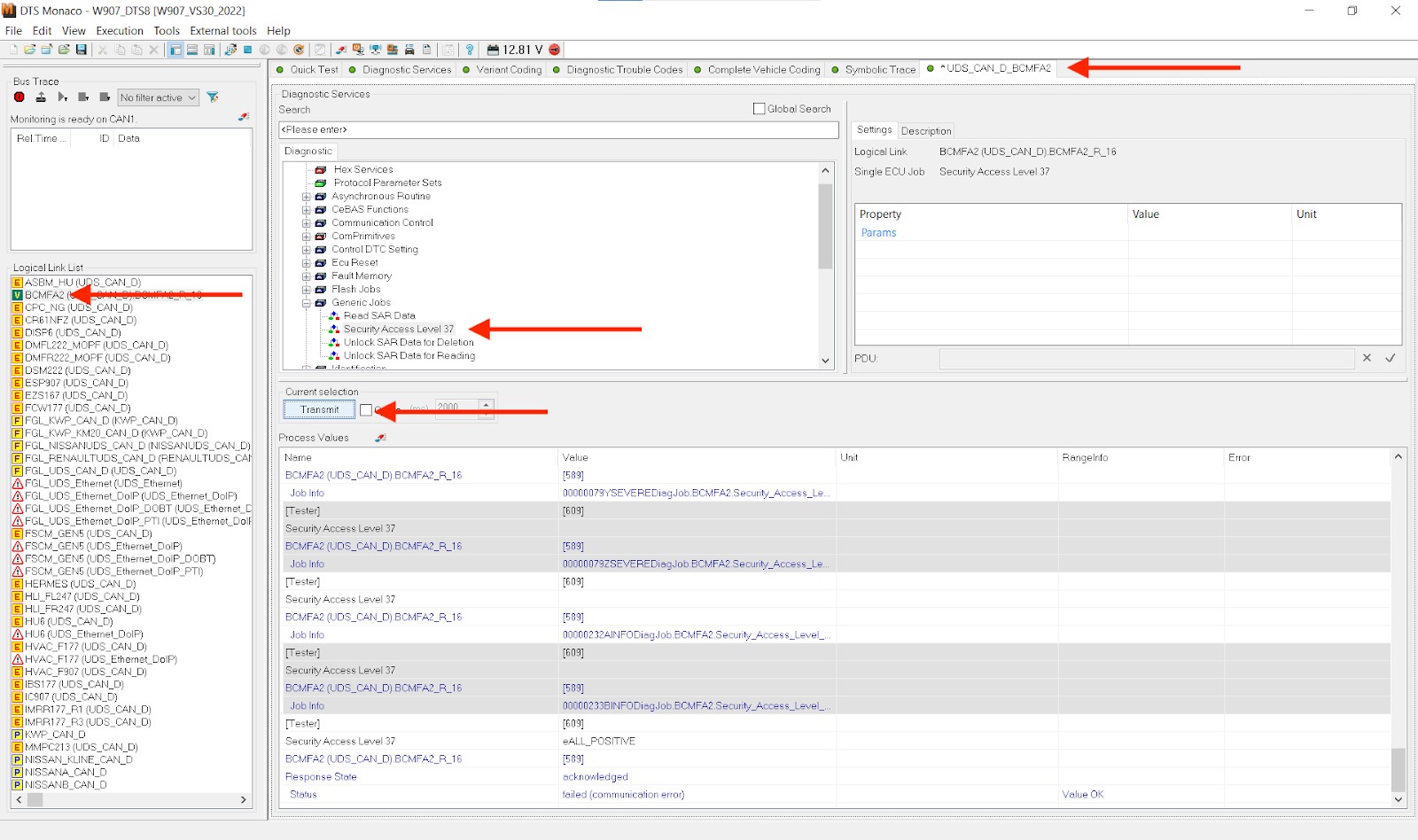 close-up-shot-of-a-computer-screen-displaying-a-code-2597132
close-up-shot-of-a-computer-screen-displaying-a-code-2597132
 computer-monitor-displaying-codes-97077
computer-monitor-displaying-codes-97077
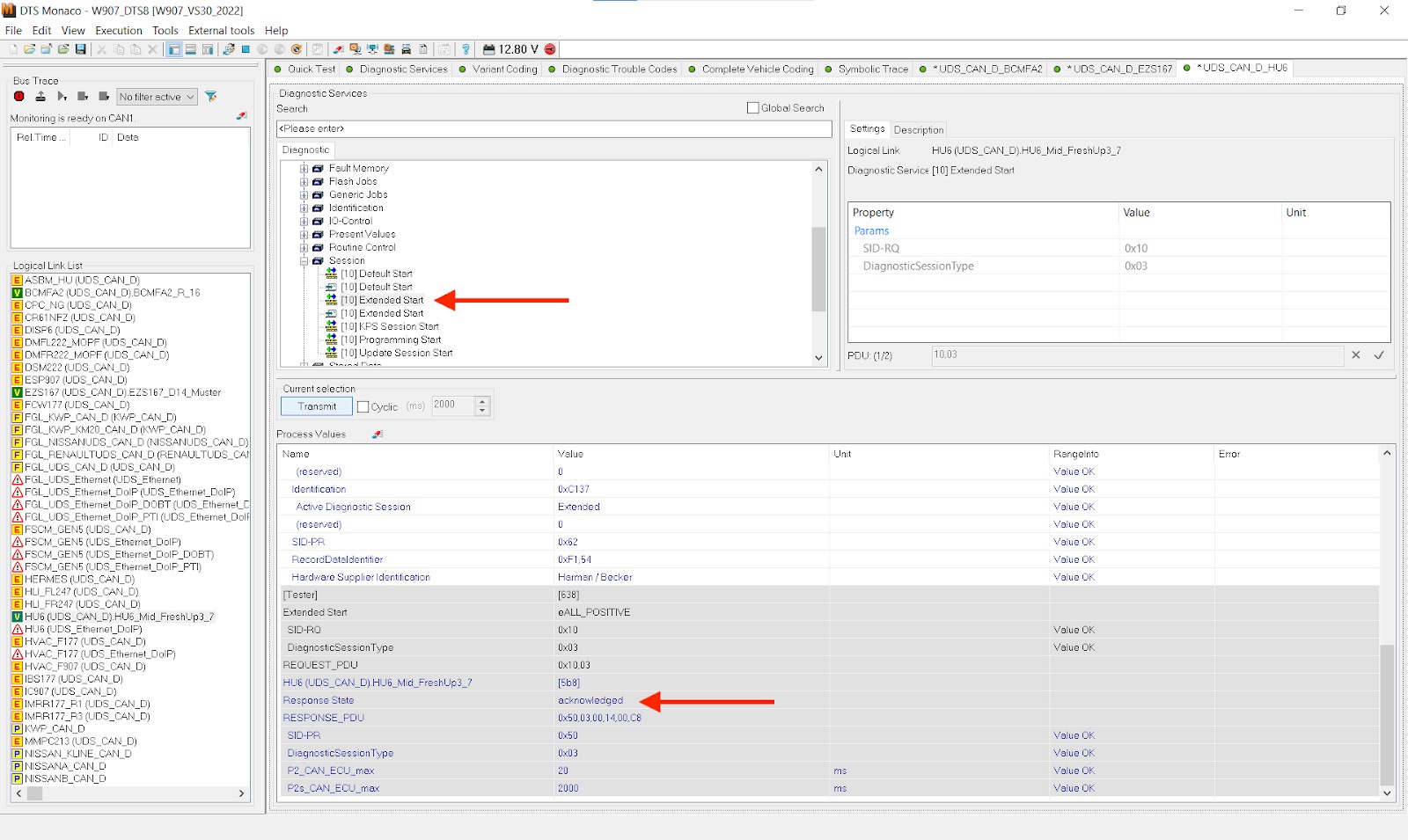 close-up-shot-of-computer-screen-displaying-different-data-2597131
close-up-shot-of-computer-screen-displaying-different-data-2597131
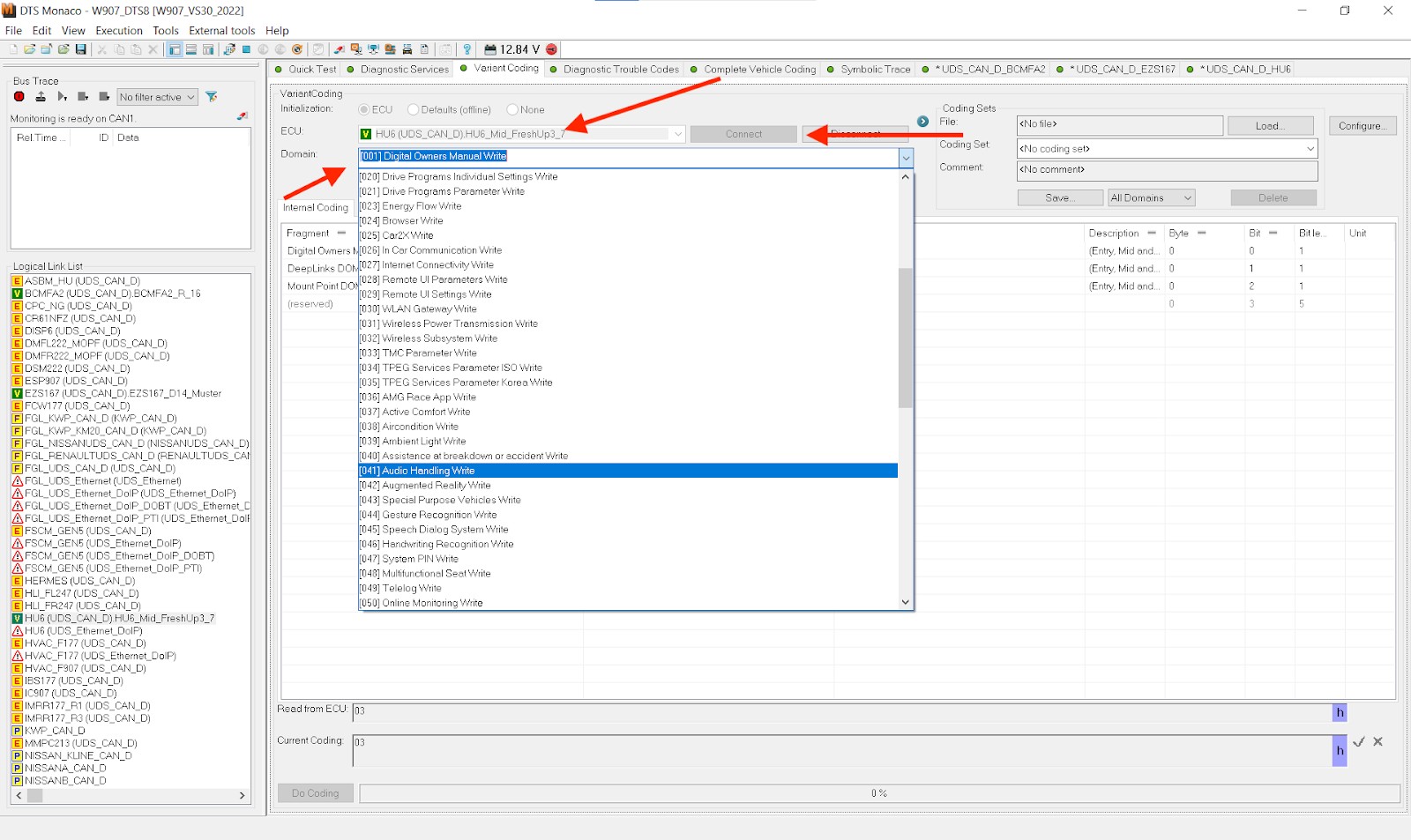 computer-monitor-displaying-codes-97075
computer-monitor-displaying-codes-97075
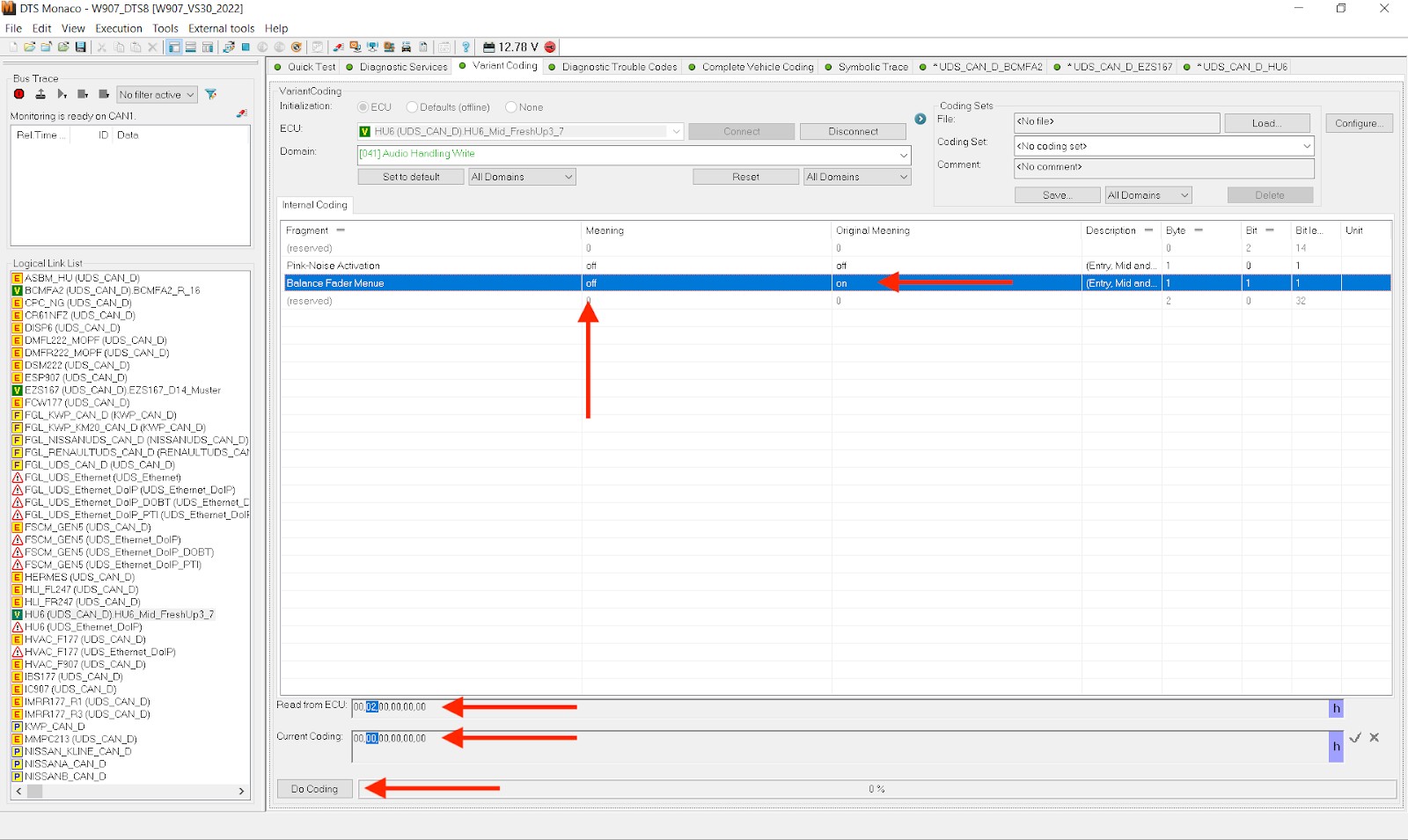 computer-monitor-displaying-codes-97076
computer-monitor-displaying-codes-97076
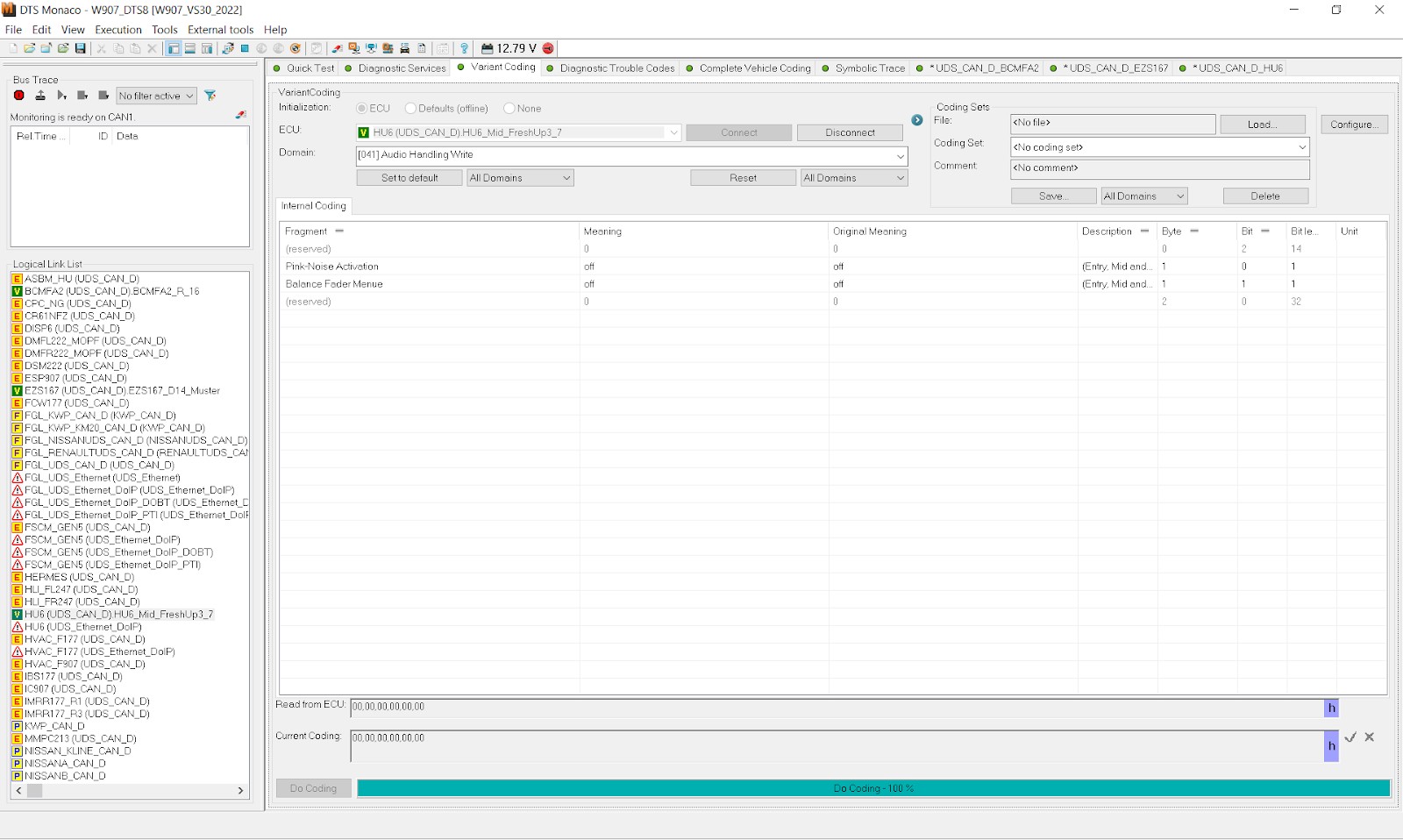 computer-monitor-displaying-codes-97074
computer-monitor-displaying-codes-97074
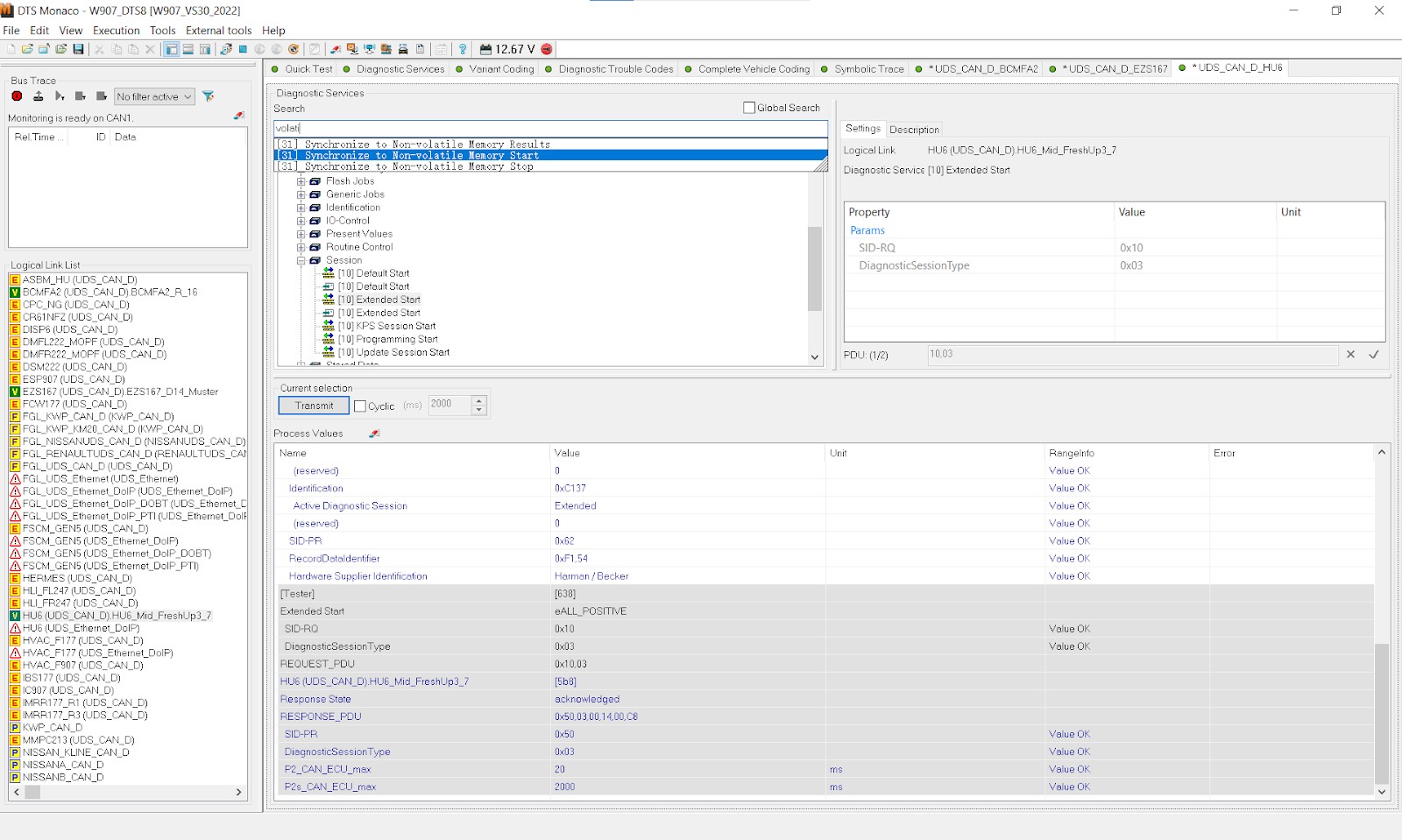 close-up-shot-of-computer-screen-displaying-different-data-2597130
close-up-shot-of-computer-screen-displaying-different-data-2597130
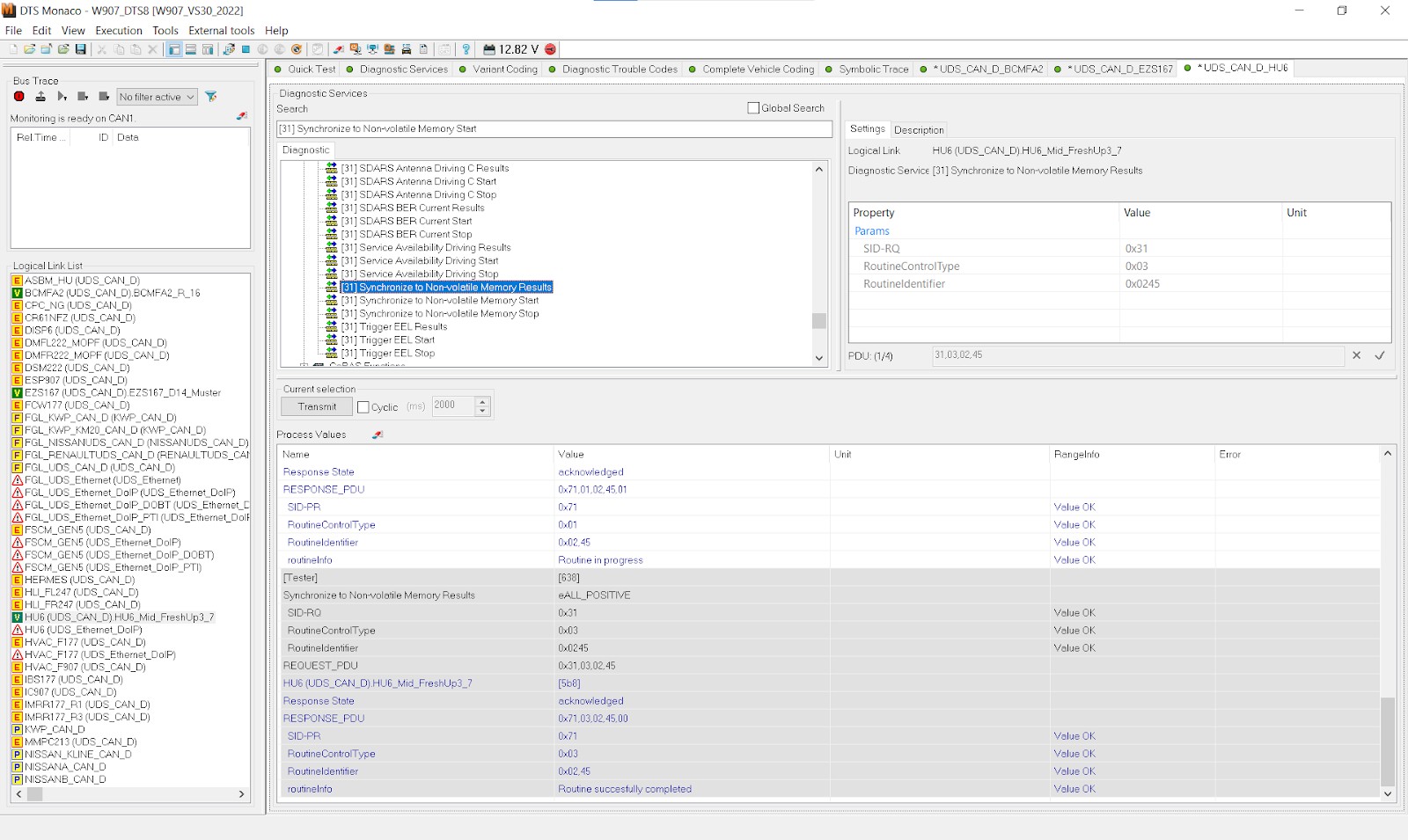 close-up-shot-of-computer-screen-displaying-different-data-2597129
close-up-shot-of-computer-screen-displaying-different-data-2597129
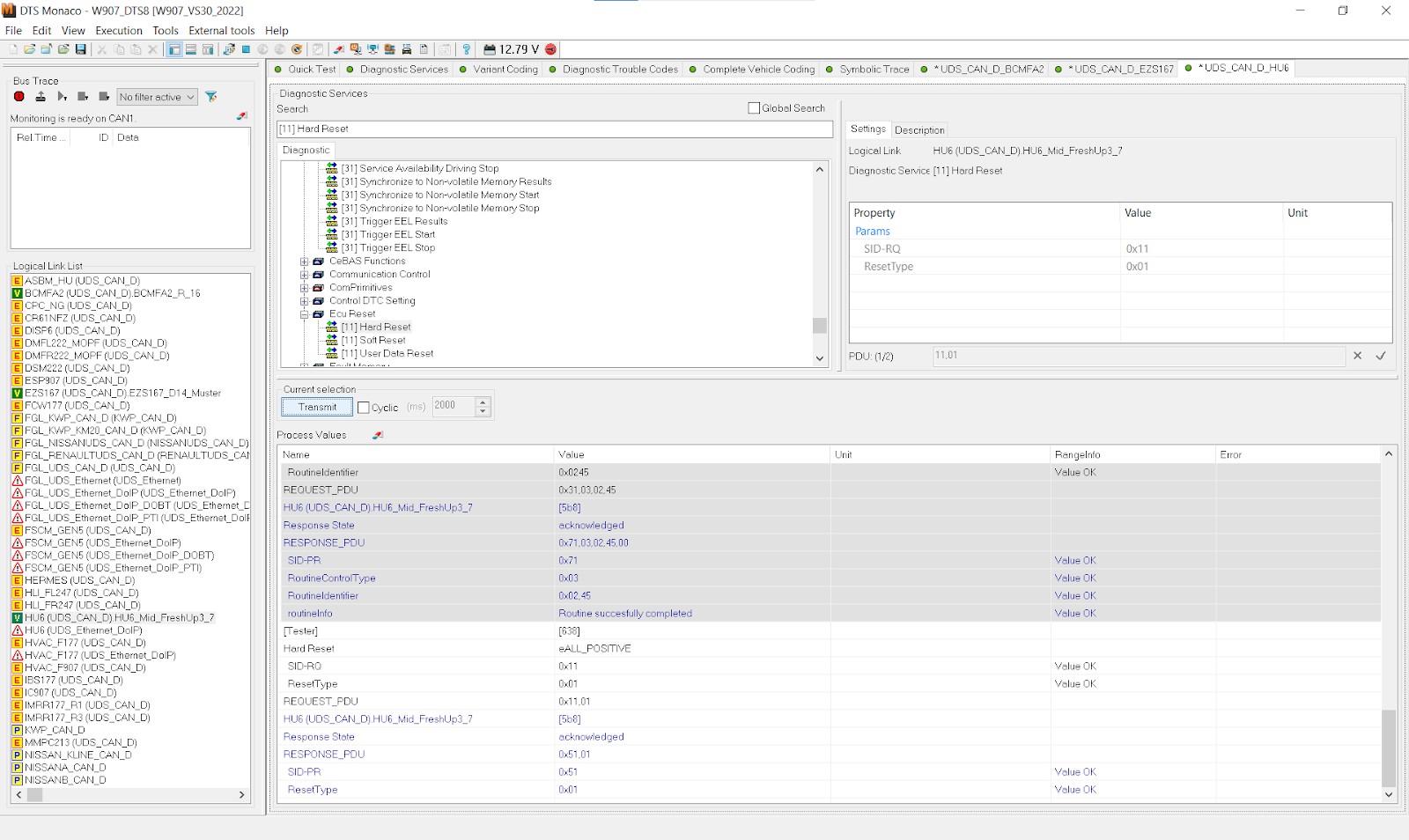 close-up-of-the-interior-of-a-car-dashboard-3965561
close-up-of-the-interior-of-a-car-dashboard-3965561
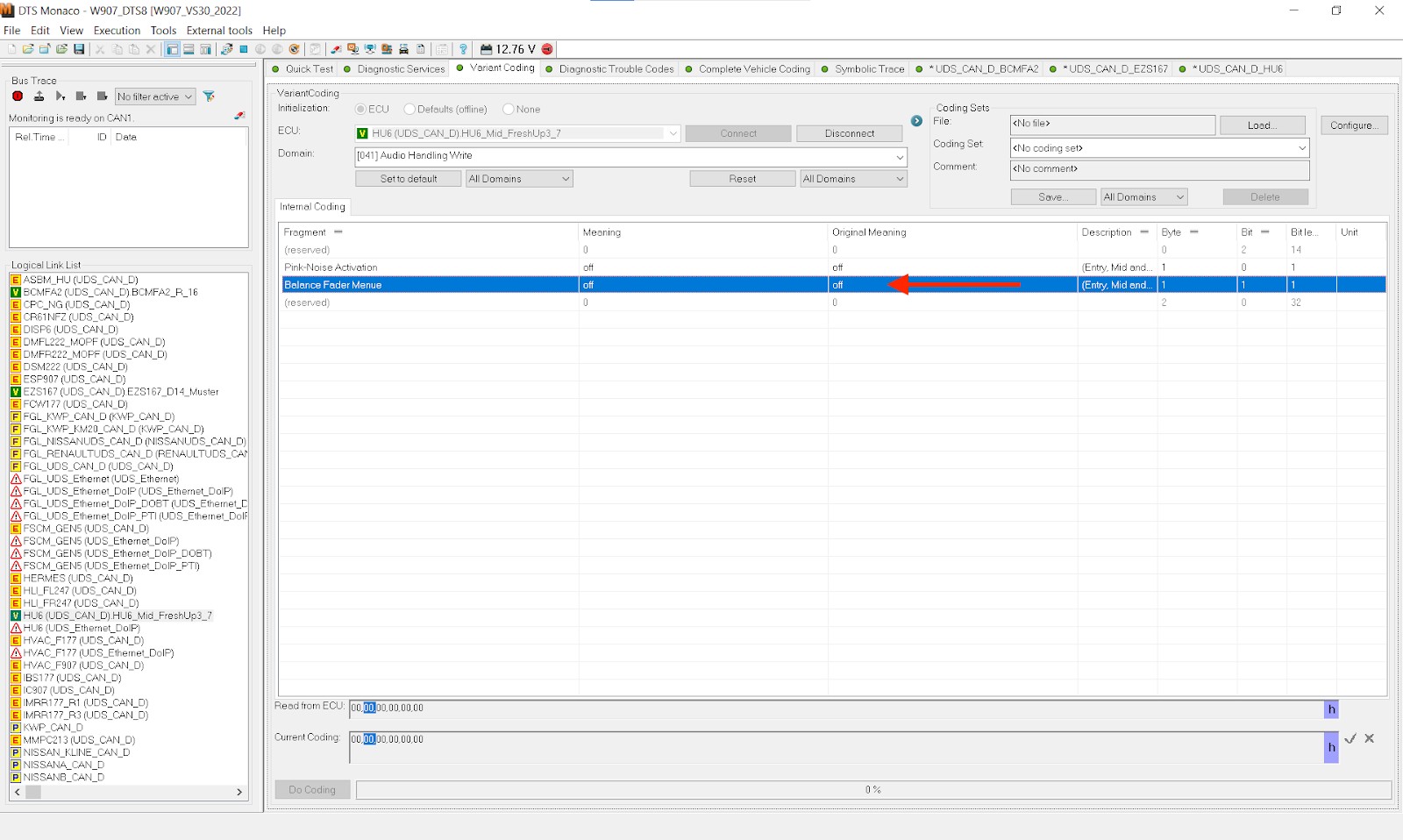 close-up-shot-of-computer-screen-displaying-different-data-2597128
close-up-shot-of-computer-screen-displaying-different-data-2597128